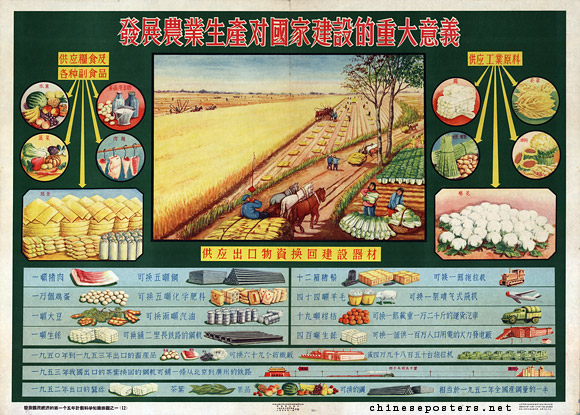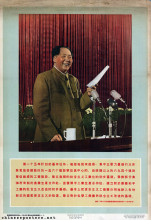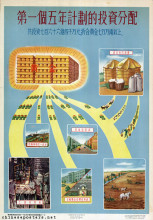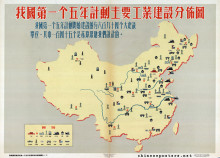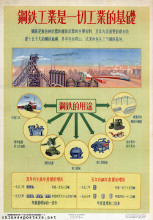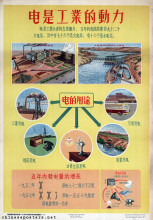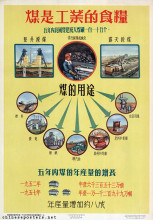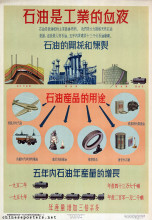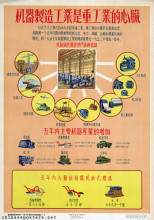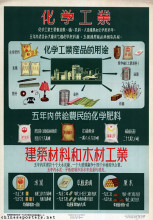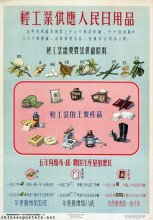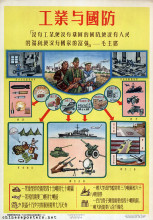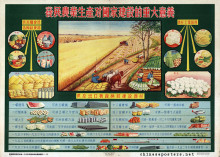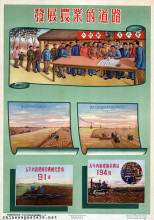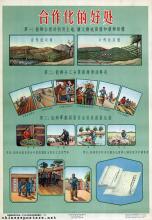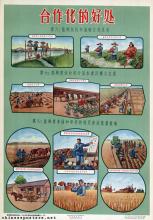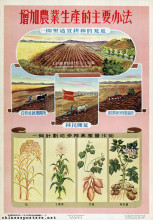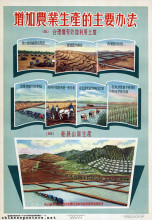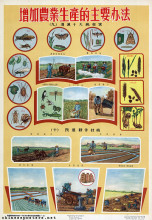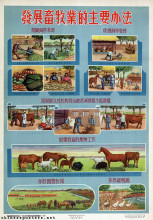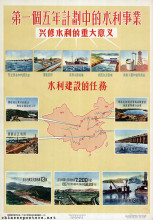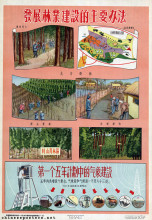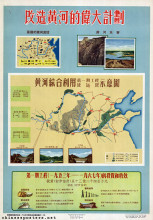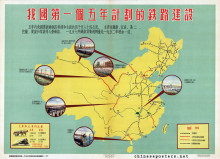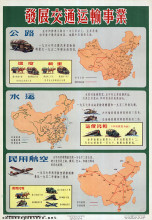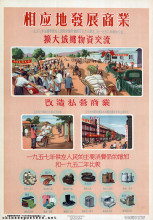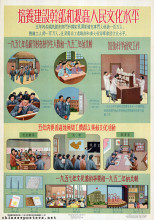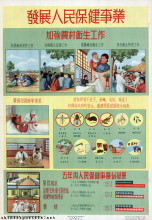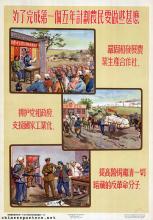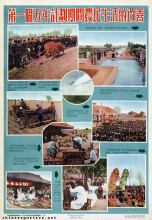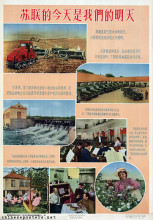While electricity may move industry forward, coal is what industry feeds on. And petroleum, or oil, is what courses through the veins of industry. As on the previous page, convenient examples are provided to show what coal and oil actually produce.
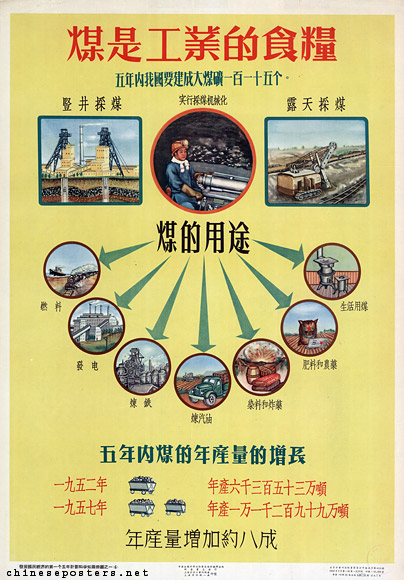
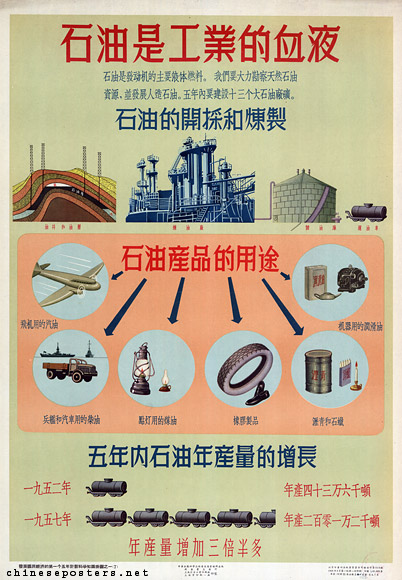
Petroleum is the lifeblood of industry, 1956
But the introduction to the hierarchy of production continues: we learn that the machinery producing industry is at the heart of the heavy industry. The exact positions of the chemical and building materials industries in the hierarchy are not specified.
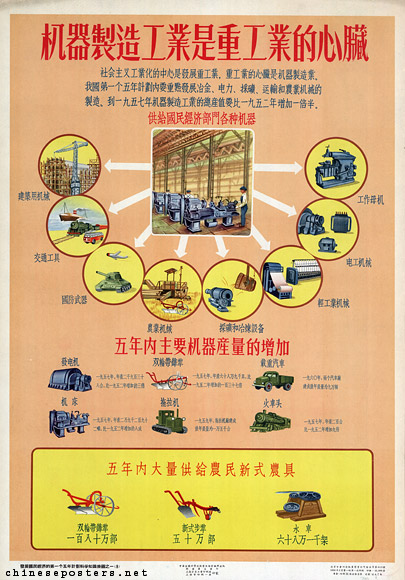
Machinery producing industry forms the heart of heavy industry, 1956
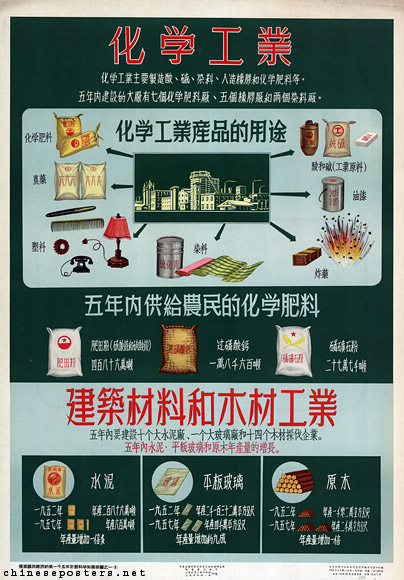
At the bottom of the hierarchy we find light industry, the sector that produces the daily necessities of the people. Quite remarkable is the low ranking of the military industrial complex.

Light industry supplies the people’s daily necessities, 1956
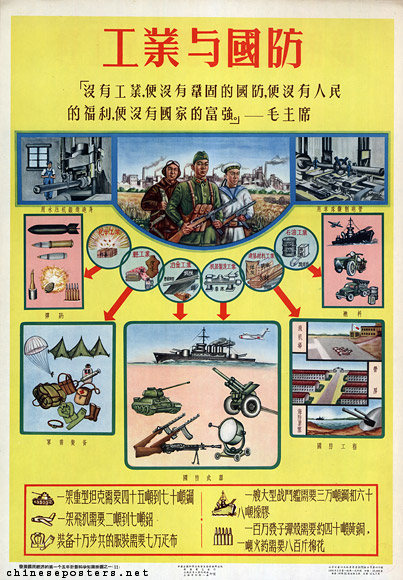
Industry and national defense, 1956
In all cases, specific increases in production are provided that are to be accomplished under this comprehensive plan.
The importance of agriculture clearly comes to the fore in the big poster below that, amongst others, explains what the industrial equivalents are of major agricultural crops (xxx tonnes of pork bellies equal xxx tonnes of steel, xxx tonnes of wool equal one MIG fighter jet, etc.).
